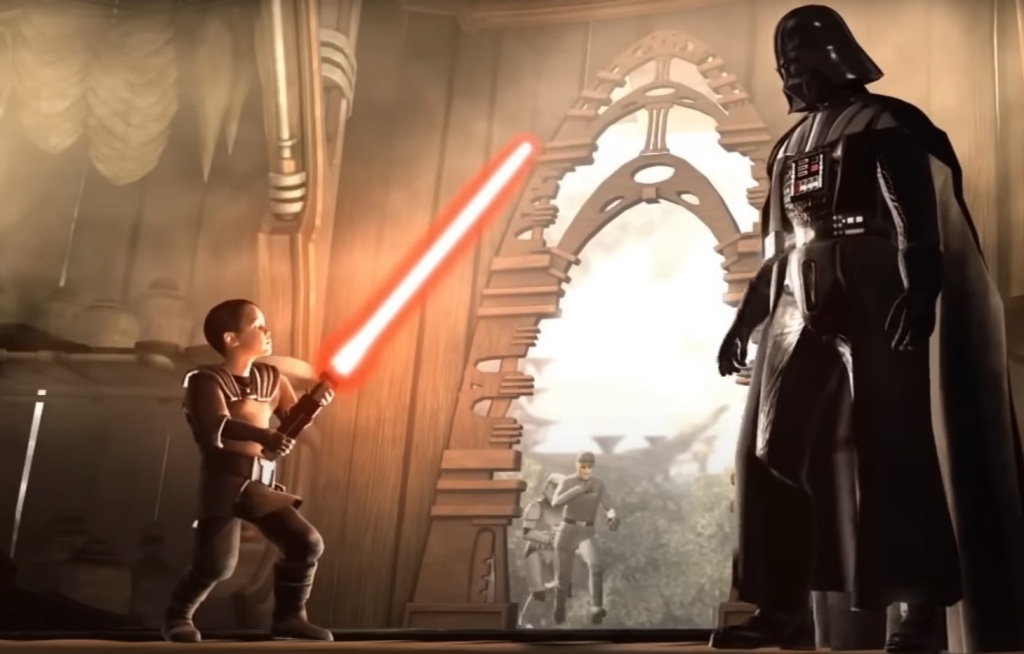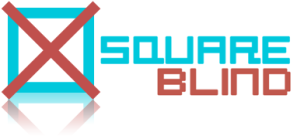
By Neil Merrett
Star Wars: The Force Unleashed, released on PlayStation 3 and Xbox 360 in 2008, developed by Lucasfilm Games
In the late 2000s, The Force Unleashed built a Star Wars game around the prospect of being a telepathic bully. Out of gameplay built around callously using superpowers, there came a surprisingly effective interactive story about the dangers of who we use our powers and abilities for, and how even shooting lightning out of your fingers might lend itself to some form of redemption.
What would it be like to wield The Force?
That is arguably one of the main focuses in the development of Star Wars games from the 1990s onwards and right up to the present day.
That is probably not surprising. After all, who wouldn’t wish to be a noble space knight or renegade maverick monk that can seemingly tackle the problems of a vast and troubled universe with the literal flick of the wrist or a stray thought.
There will always be those that play games such as Star Wars Galaxies that believe the defining characters of Disney’s – and once George Lucas’ – galactic space operas are actually the ‘entrepreneurial’ cargo haulers, taverna owners or officious bureaucrats that populate the wider saga.
But for kids of all ages, a major part of the appeal of Star Wars is that they be a ‘special individual’ with the abilities and birthright to righteously wave a laser sword around for the greater good.
This was clearly understood in the punishingly difficult Super Star Wars games developed by JVC in the 1990s that sought to faithfully recreate the look and sound of Stars Wars movies in the most orchestral way synthesisers could on 16-bit equipment.
To play as Luke Skywalker in Super Return of the Jedi was to allow the player to do all the surface level things one might dream of doing as a ‘chosen one’.
So long as the player’s force meter was sufficiently powered up – they could use their lightsaber to bring down – at least temporarily – the evil Galactic Empire. Based on the 16-bit hardware of the time, The Force in the Super Star Wars games was basically demonstrated via a range of superpowers, such as heeling and enhanced jumping. These abilities were essential to overcoming the game’s various platforming difficulties, death traps and endlessly respawning enemies.
This was to say nothing of the series’ love for obscure boss battles ranging from the Jabba the Hutt’s security camera to ‘the all powerful Sarlacc’.
A faithful take on The Force
Regardless of whether these abilities were a faithful adaptation of the evolving pop culture mysticism of The Force – they did highlight that the Jedi were effectively the superheroes of the already fantastical world of Star Wars.
Star War games and movies released through the 1990s and 2000s – evolved to allow the Jedi to heal and potentially even claim a form of immortality.
For a game such as Jedi Power Battles, The Force bestowed abilities that functioned akin to special moves you might expect in a fighting game or brawler, including the ability to telepathically flail a lightsaber around in the air like a weaponised firework.
But at its most cinematic and simplified, the appeal of The Force is surely the ability to manipulate people, their minds and objects of all shapes and sized without needing to directly touch or get your hands dirty.
In theory, the Jedi have the power to manipulate the universe like a child hurling around toys or uninteresting objects.
It is this wilfully overpowered fantasy around being a Jedi or Sith that Lucasfilm Games seem to have wanted to evoke with the release of Star Wars: The Force Unleashed back in 2008.
As the name suggests, this was a game – at least in its initial stages – that wanted to let the player wield the force in the most callous and unhinged way possible.
Here, the player could hurl around all manner of digital action figures at each other and into space without having to worry about the ramifications or need to pick up the pieces after.
Intergalactic bullying
Early footage and teasers for the game promised the ability, using the concept of ‘ragdoll physics’, to almost bully Stormtroopers and just about any other opponent across a range of digital worlds.
The final game built this promise directly into the Story of the Force Unleashed, first by briefly taking on the role of Darth Vader himself during a tutorial level that doubles as a murderous rampage.
In one of the game’s interesting narrative moments, the true story starts as the ‘dark lord of the Sith’ is taken back to find that a terrifying disturbance in The Force has has encountered is just a small boy – with no understanding of the cruelties of a galaxy under tyranny.
Vader’s unspoken fascination upon finding and abducting a small child with unusual strengths in The Force is one of the main plot lines that runs throughout the game, with the player assuming the role of the now grown boy he has attempted to shape in his own image.
As the game begins, Vaders secret apprentice, known now as Starkiller, is encouraged, both in terms of plot and gameplay, to gleefully use the force to essentially abuse the galaxy. This is initially possible through throwing all manner of individuals, from droids, imperial soldiers, bounty hunters and even noble Wookies, around levels like projectiles. The focus on overpowered Force abilities means the game’s main challenges are based around being overwhelmed by laser blasting bad guys that the player must dispatch while avoid being shot to pieces. These opponents almost serve the purpose of being vaguely sentient bowling pins for you to smash around and throw off ledges to gain even more in-game points to upgrade powers that you are then free to abuse at your own indulgence.
Even in the case of gigantic robot walker tanks such as the AT-STs, the player is free to use random objects as projectiles to hurl at these machines, before then having the opportunity to destroy them with well-timed pushes of buttons during small animatic sections of the game.
The playful and almost intentional cruelty of how you use The Force, is perhaps best exemplified by the choices available to dispatch the last remaining enemy in a group of opponents.
Perhaps the player might decide to leave them dangling over a cliff before they eventually fall to their death. The player can otherwise hold them in the air while throwing their lightsaber right through them.
This is behaviour not befitting of a Jedi, but then Starkiller is no knight of the republic.
At least not for the game’s early missions.
“I’ve never been a Jedi before”
Your reward for indulging the player’s most brutal behaviours is gaining experience with which to unlock even more absurd abilities. These range from ariel attacks and more effective blocking, to the ability to forge a ball of force lightning that can be explosively hurled at opponents.
The overall enjoyment of the game will depend on just how much an individual enjoys playing around with these different ways to maim and bully large number of enemies in a range of different areas. These different levels offer limited additional variety between some interesting looking opponents and bosses.
Later levels do try and ramp up the challenge with opponents that can parry and block lightsaber attacks, as well as jet pack stormtroopers that try to napalm and grenade Starkiller to his end.
As with Jedi Power Battles, combat is a mixture of timing your blocks to rebound intense barrages of lasers, or using the force to bewilder and split apart large groups into smaller numbers that the player is better able to destroy and play around with.
To the game’s credit, this potentially repetitive structure is matched to some effective writing and plotting that nicely develops Starkiller from an abused bully to being an individual at least attempting to use their trauma and intimidating presence to eventually ‘do the right thing’. The right thing – in this case – is bringing hope to the oppressed, rather than punching down, and maybe getting a smooch in the process.
Redemption in the game ultimately comes from abusing your powers for a less disturbing master, but there are enough effective beats and set pieces that create a more interesting plot than some of the storytelling associated with the Star Wars prequel movies.
There is even a simplistic, but effective moral choice to ultimately make about how whether striking down the series main villain in anger ultimately puts Starkiller right back where he began.
The imperfect compromise of a moral victory that still dooms a galaxy to decades, if not generations of brutal rule. Progress is not always a straight line – even for a would-be Jedi.
Sadly for the Nintendo Switch port of the Force Unleashed, released on the console in 2022, a less powerful version of the game was used compared to that offered on the PlayStation 3 and Xbox 360 consoles.
As well as cutting a number of missions and character interactions, the port also uses a less graphically effective form of animation and motion capture during some of the more interesting dialogue and plot beats.
As shown in more recent generations of games, notably in titles such as the Final Fantasy 7 Remake on the PlayStation 4, effective use of motion capture and voice acting can really allow storytelling in videogames to build an immersive experience and character interaction, when done well.
Sadly, putting the turmoil of Starkiller in more primitive character models with the most limited of reactions sells short a pretty interesting Star Wars tale about great power and how the nature of how it is wielded is a lot more complex that assigning actions to the light or dark side of The Force.
As the Marvel Comics maxim goes, “good is not a thing you are, it is a thing you do.”

